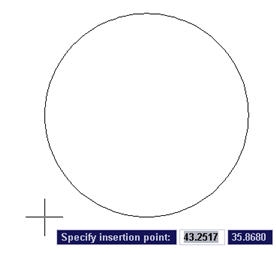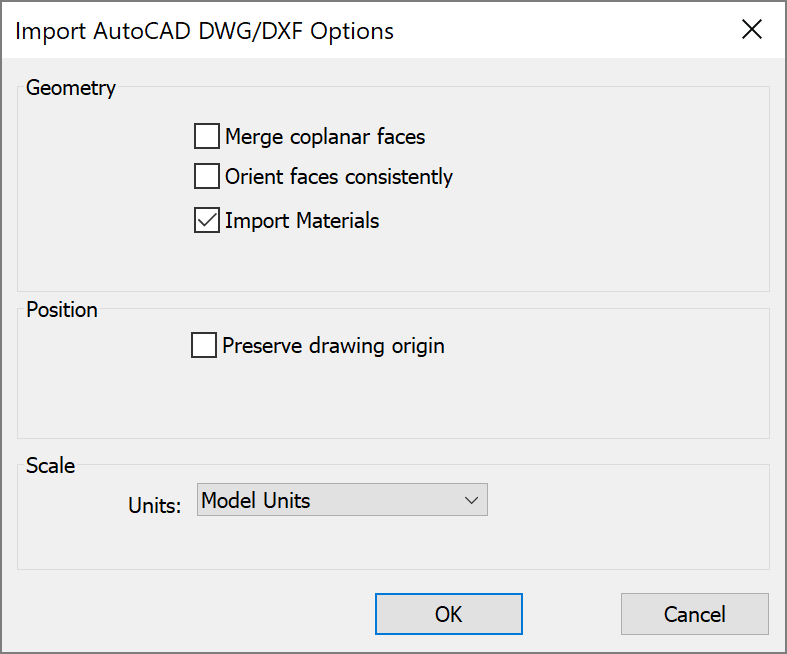
The above line started at 4,6 (which is input in absolute Cartesian coordinates). Let’s delete the lines we drew and work via the command line again: Relative coordinates also work with polar input. The user can specify the acceptable angle increments by right-clicking the icon

Polar tracking restricts cursor movement to specified angles. The analogue to ORTHO mode is POLAR tracking (F10). Like Cartesian coordinates, polar coordinates are employed as a subcommand.

While both lines made thus far started at the same point, this time, for the second vertex, AutoCAD counted 5 over and 3 up from the first vertex, and made the line between those two locales. Type on the command line and press enterĪutoCAD recognizes the symbol as instructions to count using relative coordinates.Let’s draw another line, and see what it looks like compared to the old one: Instead, the reference point is the previous point in the drawing. The line is the shortest distance between those two points.įor relative coordinates, AutoCAD does not count from 0,0. The second point is 5 to the right and 3 up from the origin. The first point is 4 to the right and 6 up from the origin. It made a segment between those two points. We just told AutoCAD we wanted a line starting at 4,6, and ending at 5,3. Type 5,3 on the command line and press enter.Type 4,6 on the command line and press enter.Type L on the command line and press enter.When drawing lines, AutoCAD is ready to place the next vertex wherever you tell it to go: Absolute coordinate entry always counts from the origin. This exercise is fleshed out in the section below.Ībsolute coordinate entry is the default. As an example, you could start a command, such as line, and then practice typing in coordinates and pressing to place a vertex. Another tool that can be used is ORTHO mode (F8), which constrains cursor movement to the horizontal and vertical directions.Ĭoordinates, like object snaps, are a way of introducing more precision to our work.Ĭoordinates act as subcommands in AutoCAD (meaning you need another command active for them to be meaningful). Right click on the grid or grid snap tools to change their settings. There is also a grid snap tool (F9), which allows snapping to the grid. The F7 key is a quick way to toggle the grid on and off. Some people like the grid on in order to facilitate counting along the x and y axis. In the status bar at the bottom of AutoCAD, there is a grid that can be turned on or off. Conventionally, the y-axis is vertical, with positive numbers signifying a move up, and negative numbers signifying a move down.Conventionally, the x-axis is horizontal, with positive number signifying a move to the right, and a negative number signifying a move to the left.Any point along the floor can be given as (x, y), where x is a distance along the x-axis, and y is a distance along the y-axis. If you imagine the y-stub extending out indefinitely, this is the y-axis. If you imagine the x-stub extending out indefinitely, this is the x-axis. The place where the stubs intersect is called the origin. The z-direction is hidden if you are working in 2D, but you can think of it as coming out of the page (or monitor, I suppose). It is composed of stubs sticking out in the x-direction, the y-direction, and, the z-direction.

In this example, the floor is a coordinate plane. It occurred to him that he could describe the fly’s location floor by noting its distance from two of the walls.

One day Descartes was staring at a fly on the floor. The word “Cartesian” comes from the philosopher Descartes, who came up with the idea. It helps to take our time to understand the underlying concepts. Press Ctrl + F to find the key for your product.This post will continue to be updated and the latest edits should follow IGGTech.Using coordinates to specify locations can be a challenge in AutoCAD. This is a complete list of Product Key for all Autodesk 2017 products.


 0 kommentar(er)
0 kommentar(er)
